The Right Potting Mix – Essential Guide
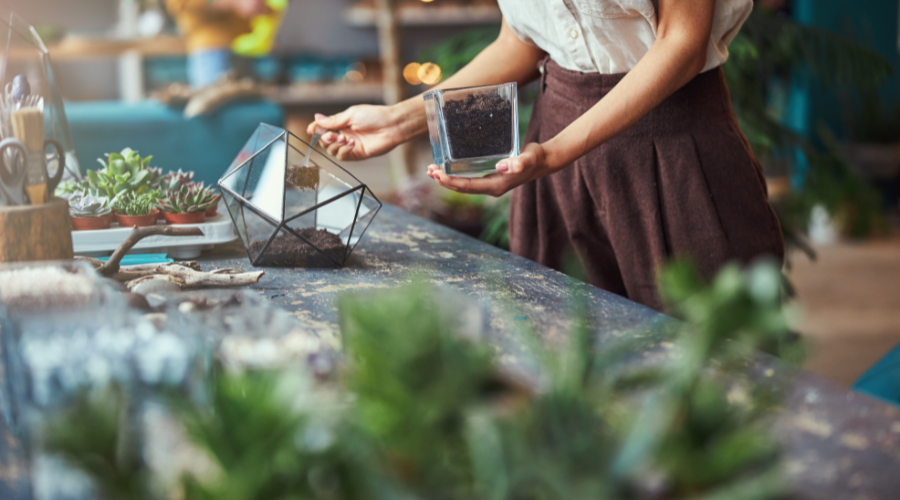
A thriving garden begins with the right foundation, and for the potted plants, nothing is more crucial than the potting mix. This blend of soil and other components not only supports your plants physically but also plays an important role in water management, aeration, and nutrient delivery.
Using the correct mix is also related to providing your plants with a balanced diet and a comfortable home. It’s essential for their health and vitality. Conversely, the wrong mix can lead to a host of issues like poor drainage, root rot, and nutrient deficiencies, setting your plants up for failure before they even have a chance to grow.
The Importance of the Right Potting Mix
The right mix does more than just fill your pots, it ensures your plants have the best environment to flourish. Every plant has unique needs, and the potting mix must cater to these requirements, Succulents, for instance, require quick-draining soil to prevent water retention and root diseases, whereas vegetables might need a richer mix to support their rapid growth and heavy feeding needs. An unsuitable potting mix can stunt plant growth, encourage pest infestation, or lead to disease outbreaks, all of which spell disaster for gardeners at any experience level. Essentially, it sets the stage for your plants’ life and can determine whether they thrive or barely survive.
What’s in the Potting Mix?
So, what goes into a good potting mix? This isn’t just any old dirt from the garden; it’s a specially crafted blend made for the unique demands of container gardening. Typically, it combines both organic and inorganic materials such as peat moss or coir for base structure, compost for nutrients, and additives like perlite and vermiculite to ensure the mix stays light and airy. Some mixes might even include limestone to adjust pH levels.
These components work together to create a mix that excels in drainage and aeration, allowing roots to breathe and preventing water from logging around them. Plus, the exact recipe of a potting mix can change depending on what type of plants it’s intended for, such as houseplants, vegetables, or flowers. Each mix is tailored to provide the optimal environment for different kinds of plant growth.
Potting Soil Vs Potting Mix
Before knowing how to choose the right potting mix. It’s important to understand how it differs from potting soil. And, knowing which one to use and when can help your plants thrive, save you some trouble and money, and be better for the environment.
Potting Soil
- Potting soil contains garden soil, minerals, sand, and organic matter. It is a soil-based medium.
- It is not sterile and can contain pathogens, fungi, weed seeds, and other pests.
- Potting soil can become dense and compacted, potentially leading to poor drainage and aeration.
- Potting soil generally contains more nutrients from the soil and organic matter it contains.
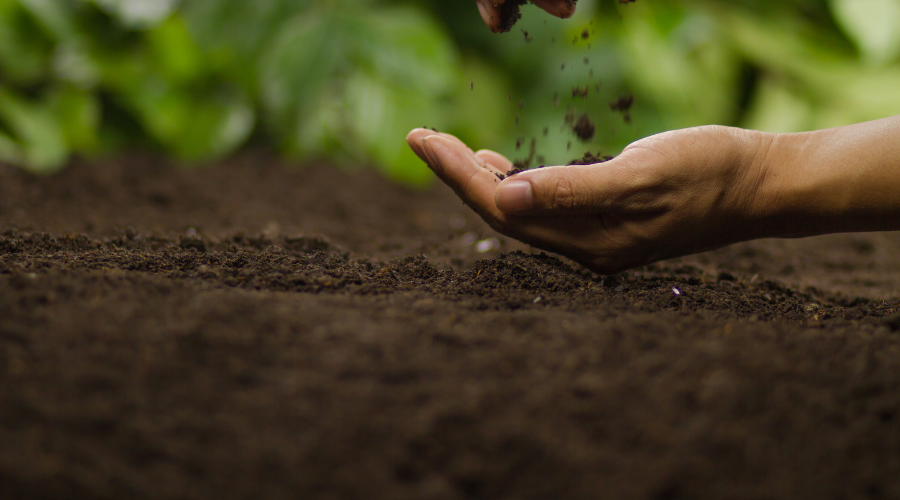
Potting Mix
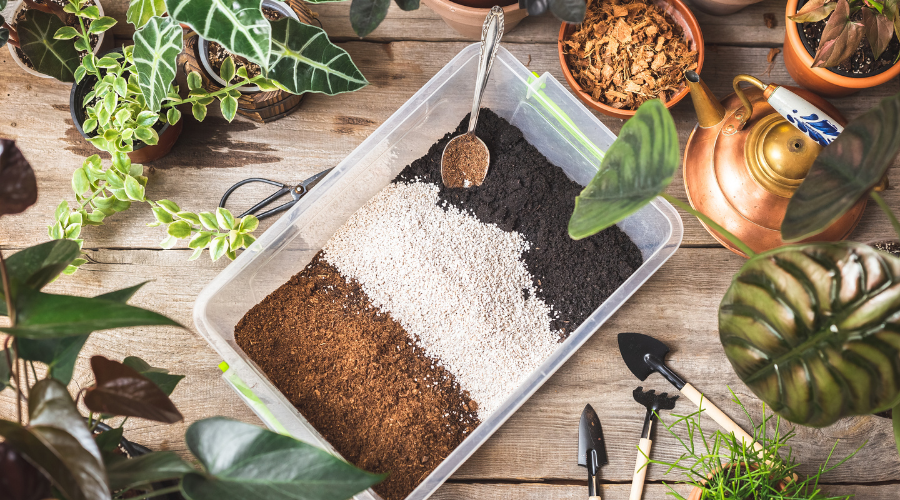
- Potting mix is a soilless blend of materials like peat moss, perlite, vermiculite, bark, and other organic components. It does not contain any actual soil.
- It is a sterile, soilless medium that is less likely to harbour diseases or pests.
- It is lighter and fluffier, providing better drainage and aeration for container plants.
- It may need additional fertilizers to provide sufficient nutrients for plants.
Recipes for Custom Blends
Creating your own potting mix allows you to adjust components to suit specific plant needs. Here are a few recipes to get you started:
- General Houseplants: 1 part peat moss or coconut coir, 1 part perlite, and 1 part compost.
- Succulents and Cacti: 1 part peat moss, 2 parts sand, and 1 part perlite or pumice for increased drainage.
- Vegetable Gardens: 1 part peat moss, 1 part vermiculite, and 1 part compost or worm castings for a nutrient-rich environment.
These blends ensure that your plants have the ideal balance of moisture retention, aeration, and nutrients.
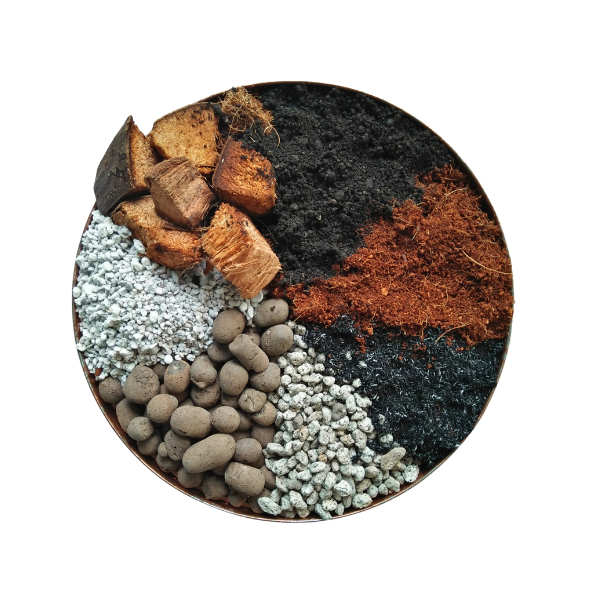
Recommendations for Best Potting Mixes by Plant Type
Selecting or making the right potting mix for different plants can dramatically affect their health and yield:
- Succulents: Look for gritty, well-draining mixes designed to prevent root rot.
- Houseplants: Choose or make a mix that retains moisture yet allows excess water to drain away easily.
- Vegetables: Opt for a nutrient-rich mix that supports the demanding growth of vegetable plants.
- Fruit trees and Citrus: Fruit and citrus trees need a nutrient-rich, loamy potting mix with good drainage.
Tailoring the potting mix to each plant’s needs ensures they can grow vigorously and remain healthy.
Tips for Storing and Maintaining
Proper storage and maintenance of your potting mix can prevent many issues:
- Keep It Dry: Store your potting mix in a cool, dry place to prevent mould and mildew.
- Use Clean Containers: Always use clean pots or containers to reduce the risk of disease.
- Monitor for Pests: Check the potting mix regularly for signs of pests or disease and take immediate action if needed.
These practices help maintain the quality of your potting soil, ensuring it remains effective for future planting seasons.
Conclusion
With the right knowledge and materials, you can create an ideal growing environment for your plants. The potting mix may seem like a small detail, but it’s the foundation that supports the health and growth of your potted plants. By understanding the importance of using the right mix, rejuvenating old mixes, creating custom blends, and properly storing and maintaining your potting mix, you’ll be empowered to give your plants the perfect home and diet they need to thrive. So, go forth, and conquer the world of potting mix. Your plants are counting on you!
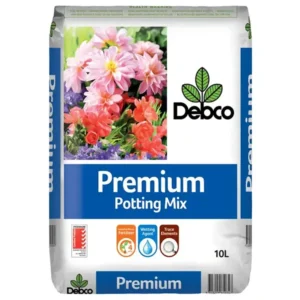
Debco Premium Potting Mix
$8.90FAQs
It’s not recommended to use garden soil alone as a potting mix because it can be too dense, may contain pathogens or weed seeds, and often doesn’t drain well when used in containers.
Most commercial potting mixes come with an initial charge of nutrients, which typically last a few weeks to a few months. After this period, regular fertilization based on plant needs is essential for continued growth since the contained environment limits nutrient replenishment.
Yes, potting mix can be reused, but it’s advisable to rejuvenate it first. This involves removing old roots and debris, possibly sterilizing to kill pathogens, and refreshing with new compost, perlite, or other amendments to restore nutrient levels and improve structure.
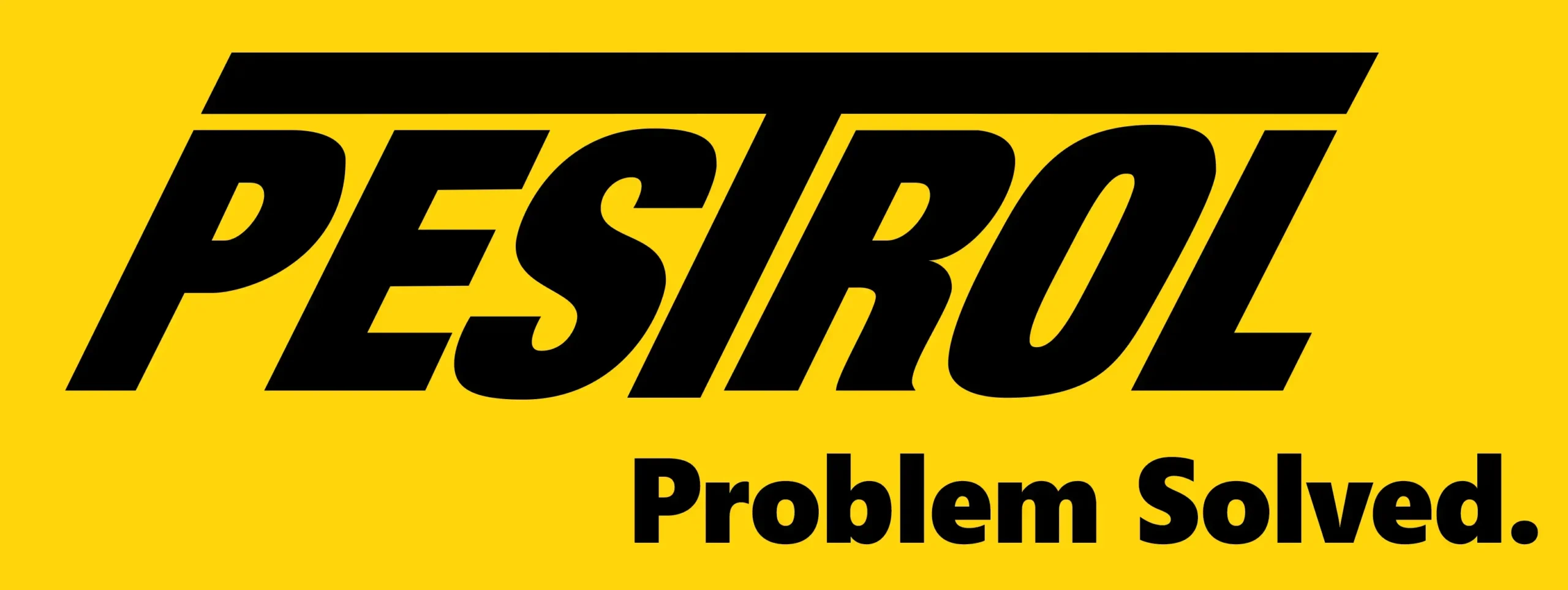
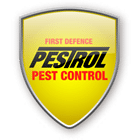



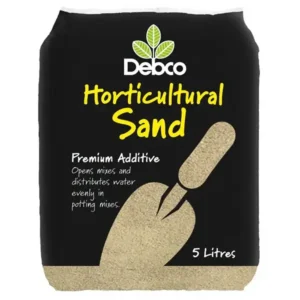
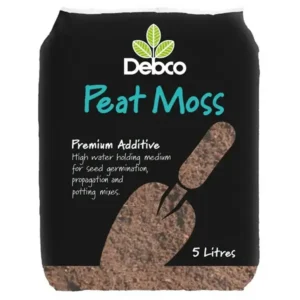
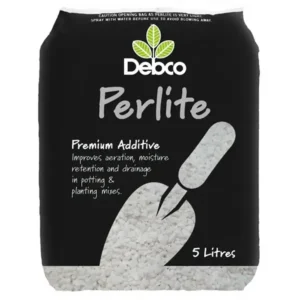
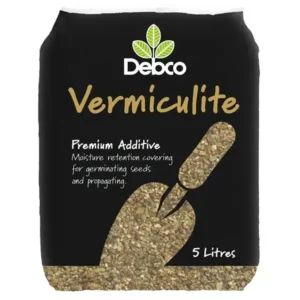
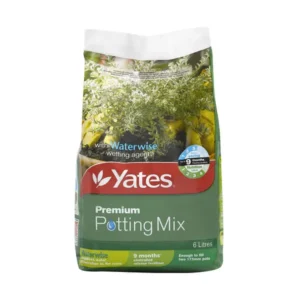
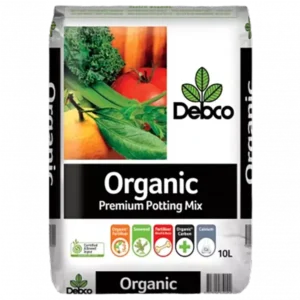
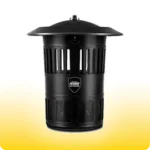 Mosquito Traps
Mosquito Traps